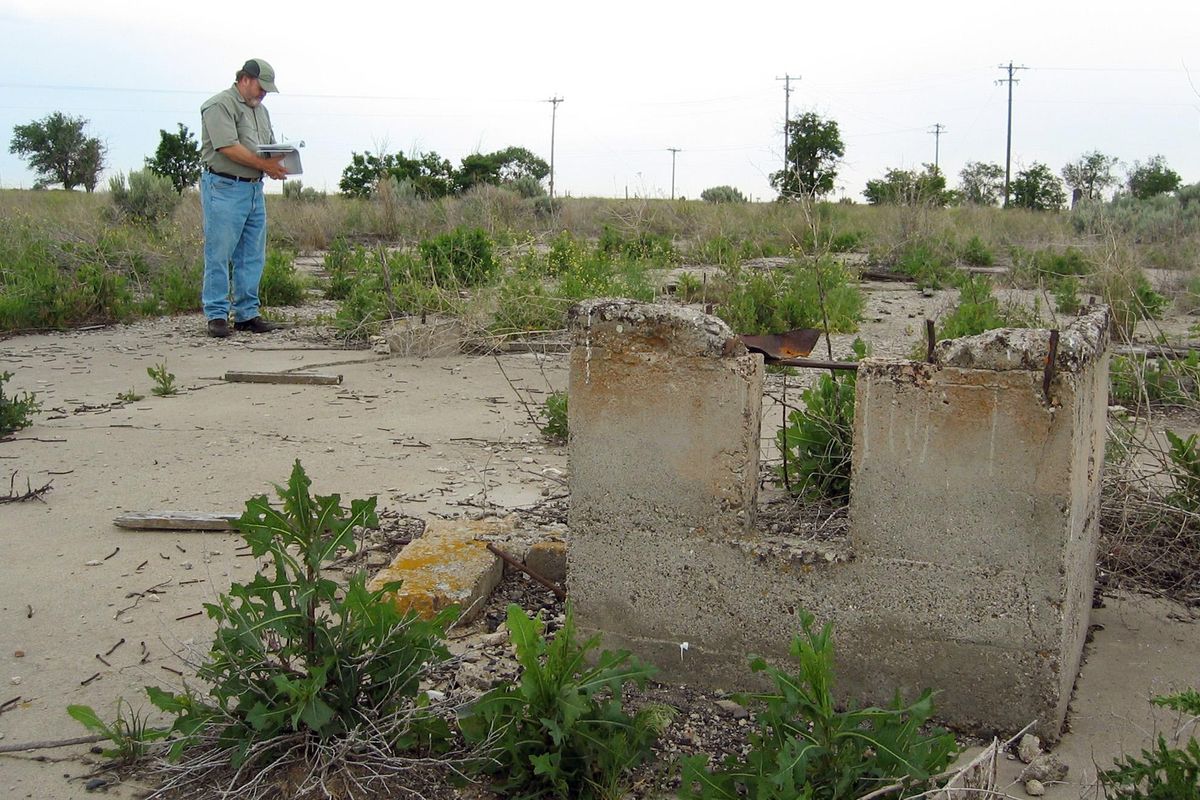Idaho World War II-era internment camp opens visitor center

EDEN, Idaho – Visitors to the Minidoka War Relocation Center in southern Idaho will get a closer sense of what life was like for thousands of Japanese Americans forced to live at the internment camp during World War II now that a new visitor center has opened at the site.
The visitor center has on-site staff for the first time since the National Park Service began developing the location, Hanako Wakatsuki, chief interpreter for the Minidoka National Historic Site, told the Times-News. Now visitors can take guided tours or walk through the camp on their own.
The internment camp incarcerated 13,000 people of Japanese heritage between 1942 and 1945. Two-thirds of them were American citizens, and half of them were children. All were living in Oregon, Washington and Alaska when they were forced to live at the camp.
The temporary visitor center is at the Herrmann house, which was built by the family who homesteaded the property after the internment camp closed. A permanent visitor center is expected to be built in a warehouse building in a couple of years, and the National Park Service is also working to restore a barracks, mess hall and other buildings at the site.
Tracy Kenoyer of Puyallup, Washington, took a self-guided tour on Thursday. She remembers as a child hearing her father talk about what happened to Japanese citizens living in their community during the war.
“This should never have happened,” Kenoyer said. “It’s really sad that we wanted to do this to other Americans.”
A replica of one of the eight guard towers has been erected at the entrance to the site, and visitors can listen to an audio recording of Gene Akusutu, who was incarcerated there, describe arriving at the arid desert location.
“Many people were relieved when they saw the camp because they didn’t know if they were going to be taken out into the desert and shot,” Wakatsuki said.
The living quarters were small, and the ceilings did not extend to the rafters, which allowed wayward children to peer over into the family-next-door’s business, Wakatsuki said.
Wakatsuki said the lack of privacy at the latrines was especially painful for the women who were incarcerated. Many would wait until the cloak of night provided a sliver of modesty, but they often found many other people had the same idea.
One photo in the mess hall shows a group of children eating a Christmas dinner consisting of hot dogs.
Despite their difficult circumstances, the people tried to make the best of it. They organized churches and recreational activities like baseball and they planted gardens for beauty and food.
The prisoners also worked in local fields cultivating crops, but they were paid very little and the money didn’t cover their bills at home. As a result, many had their property and homes seized for tax debts – making it even more difficult to rebuild their lives once the internment orders were lifted.